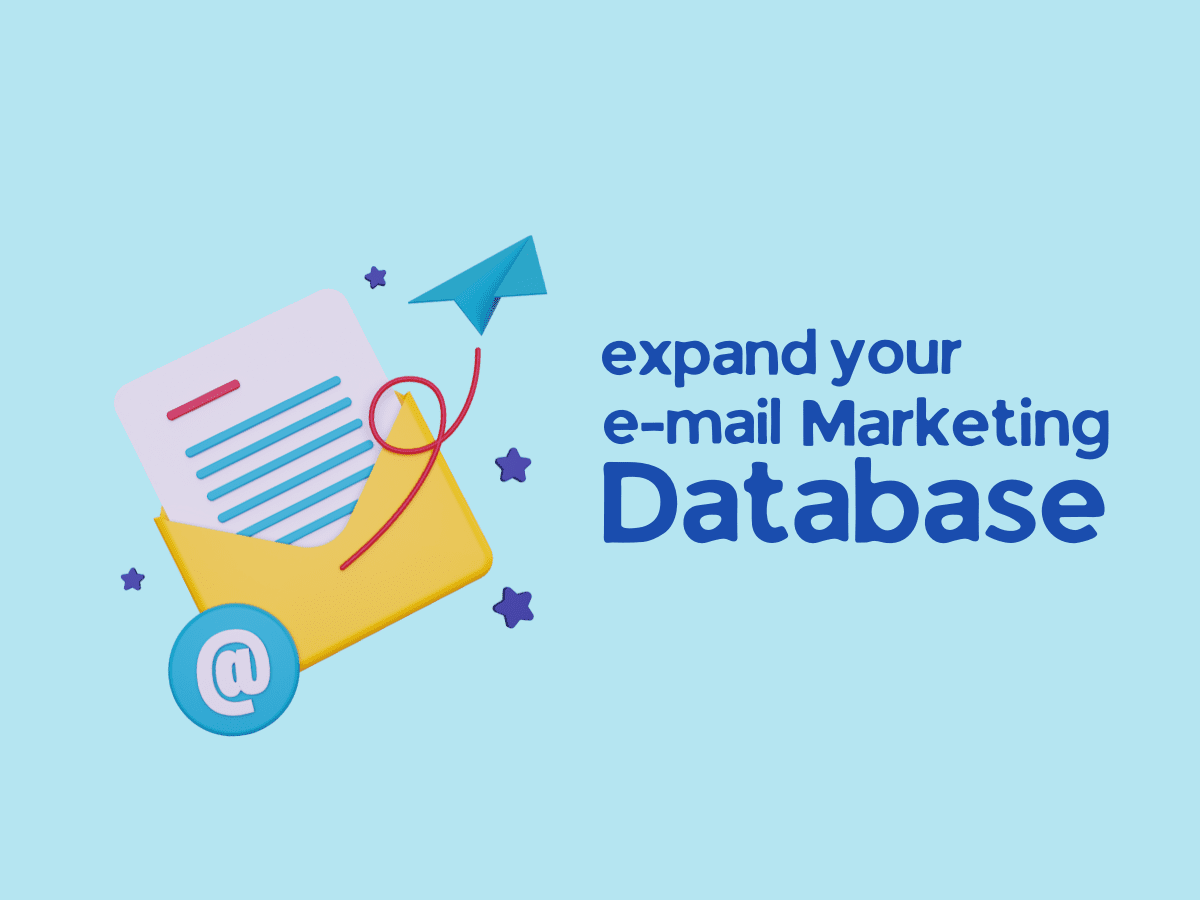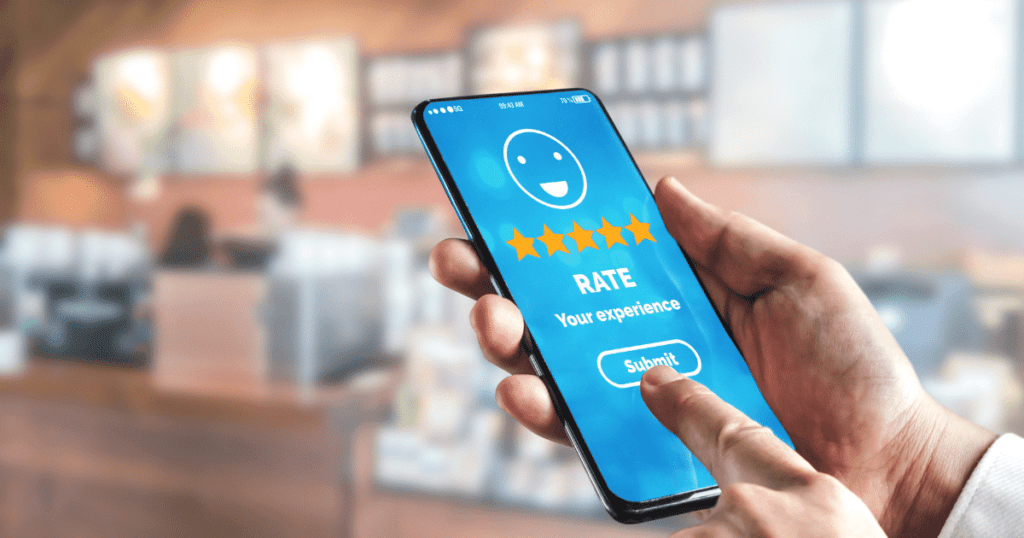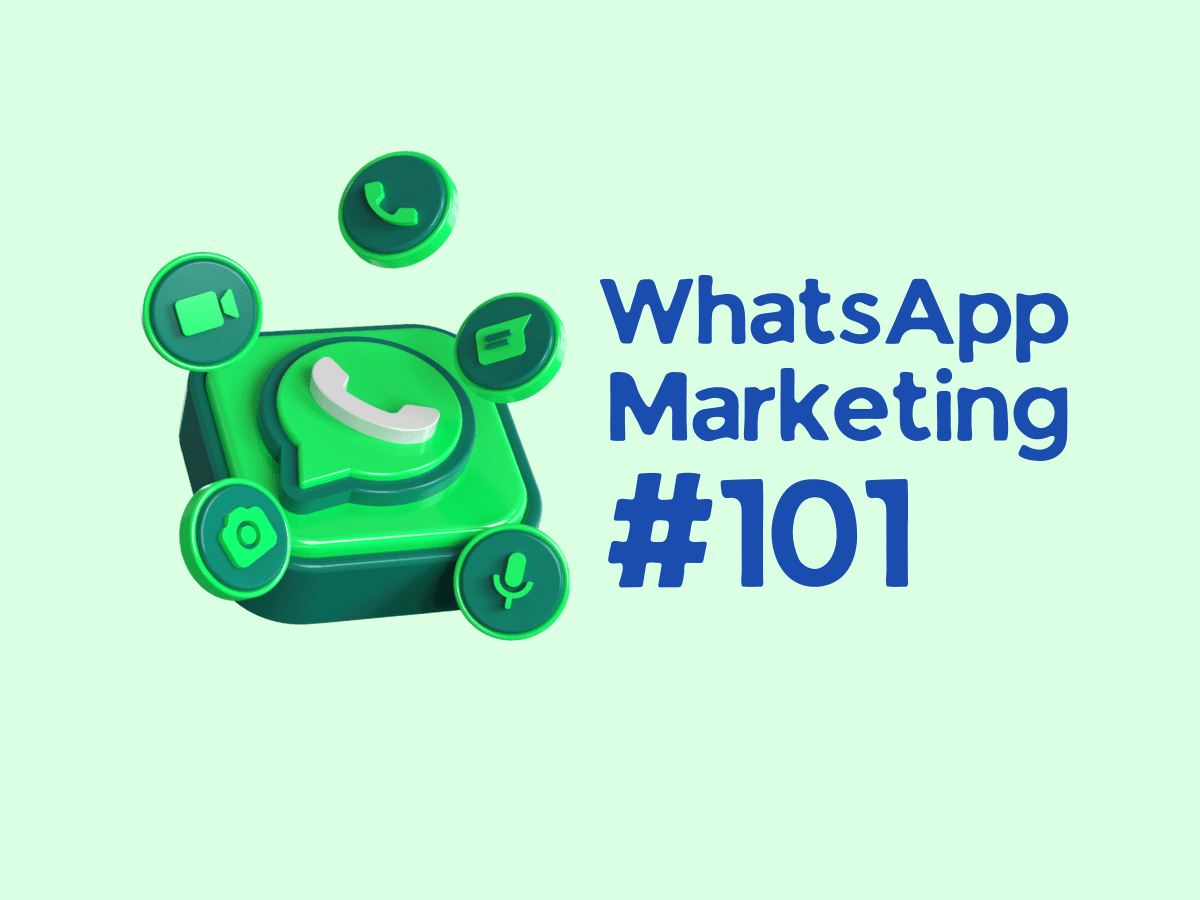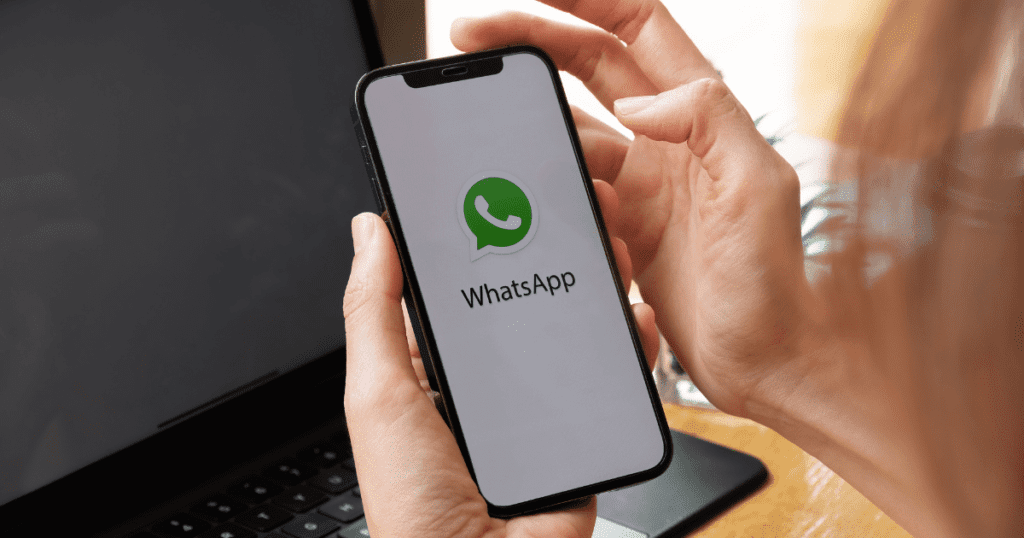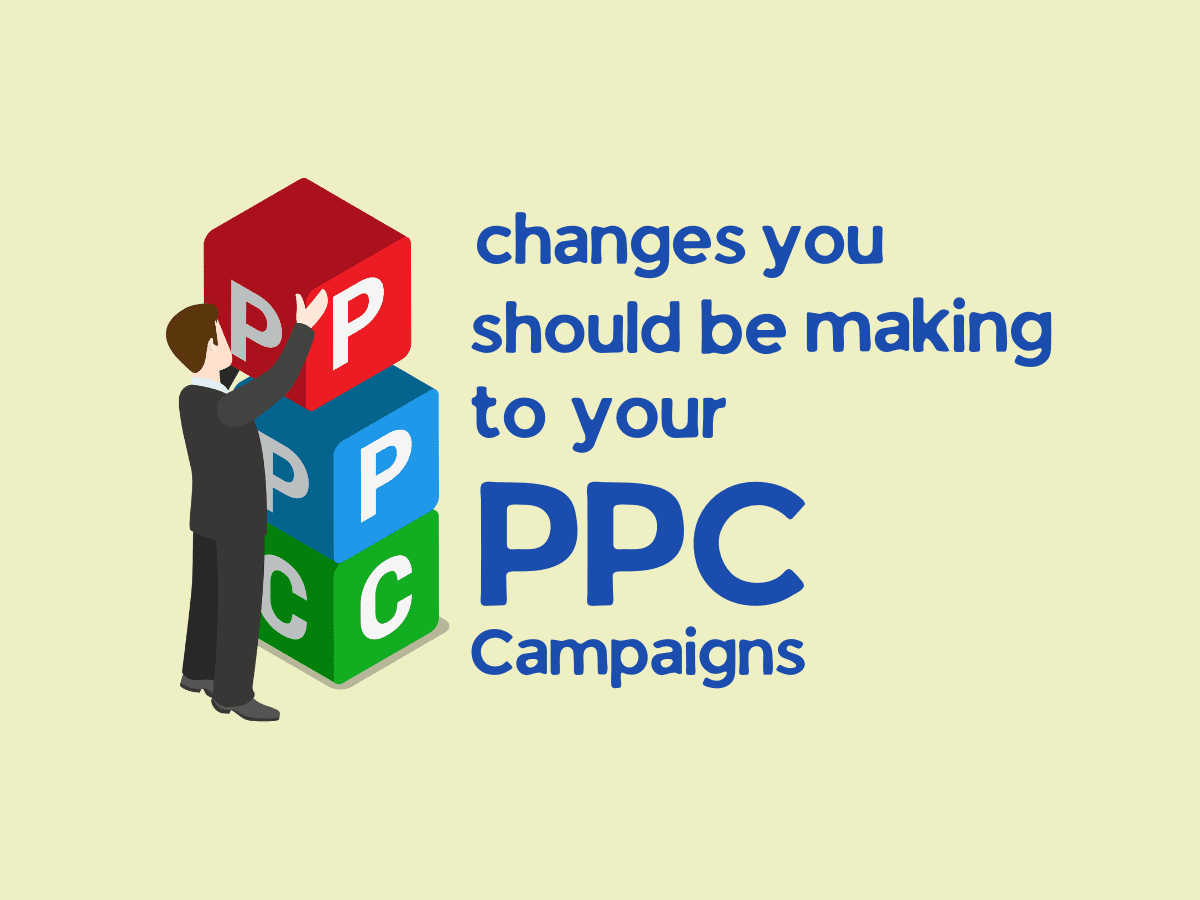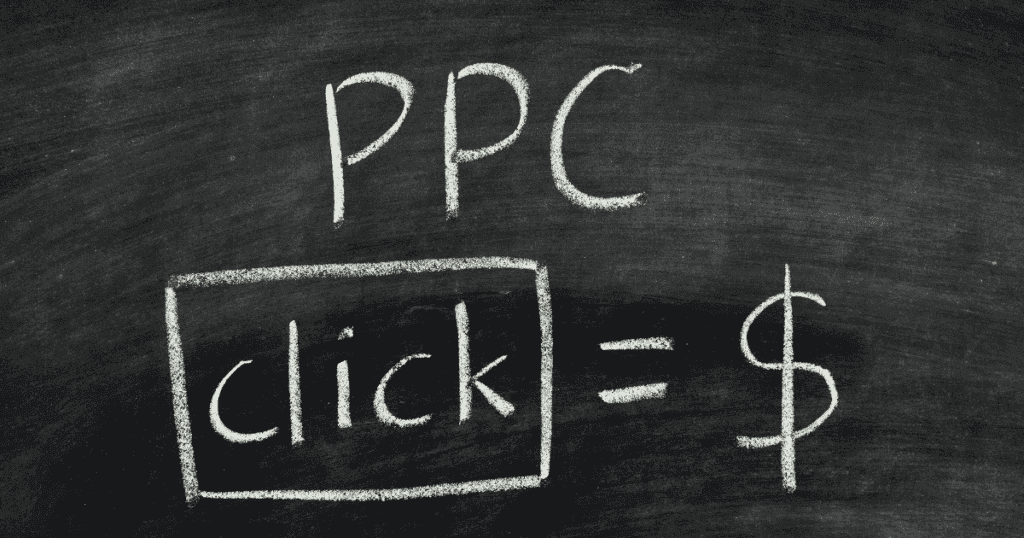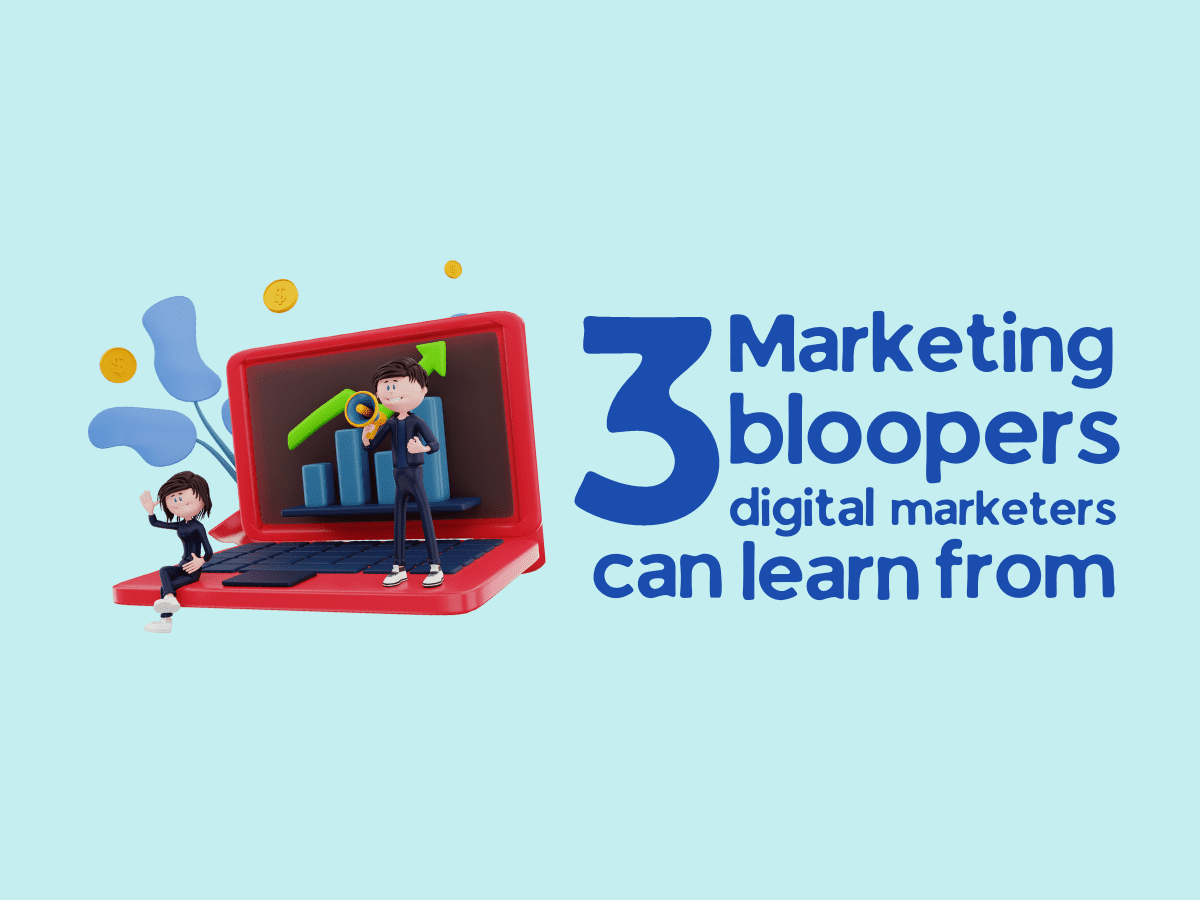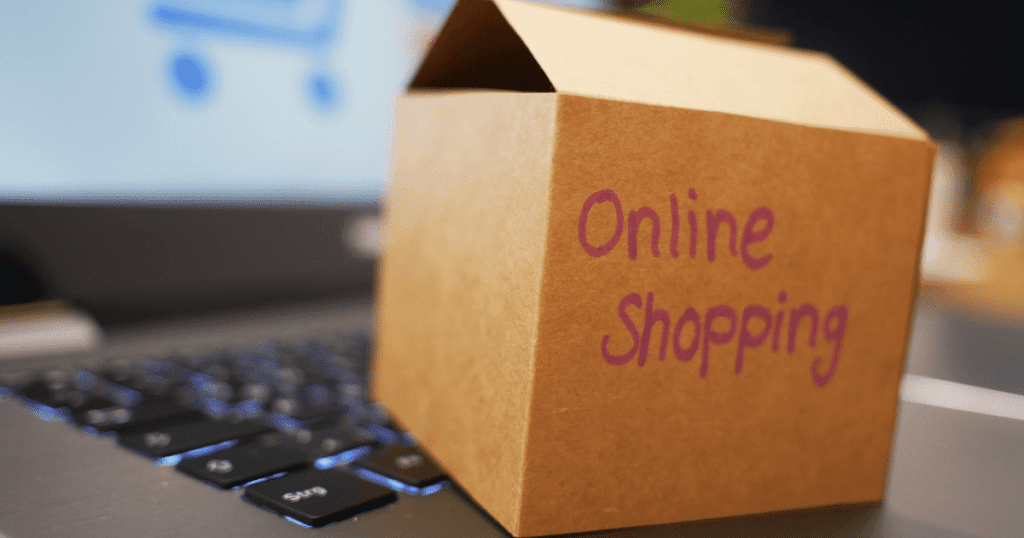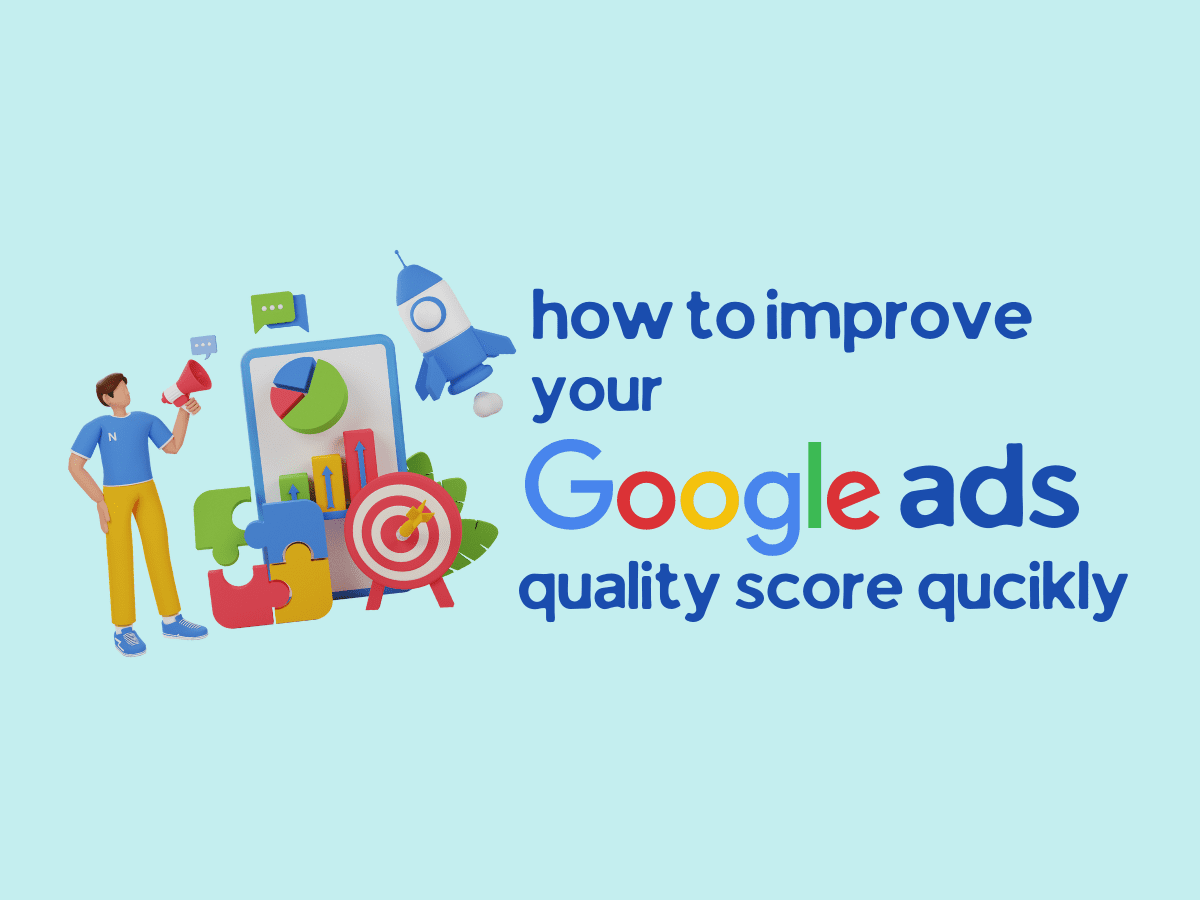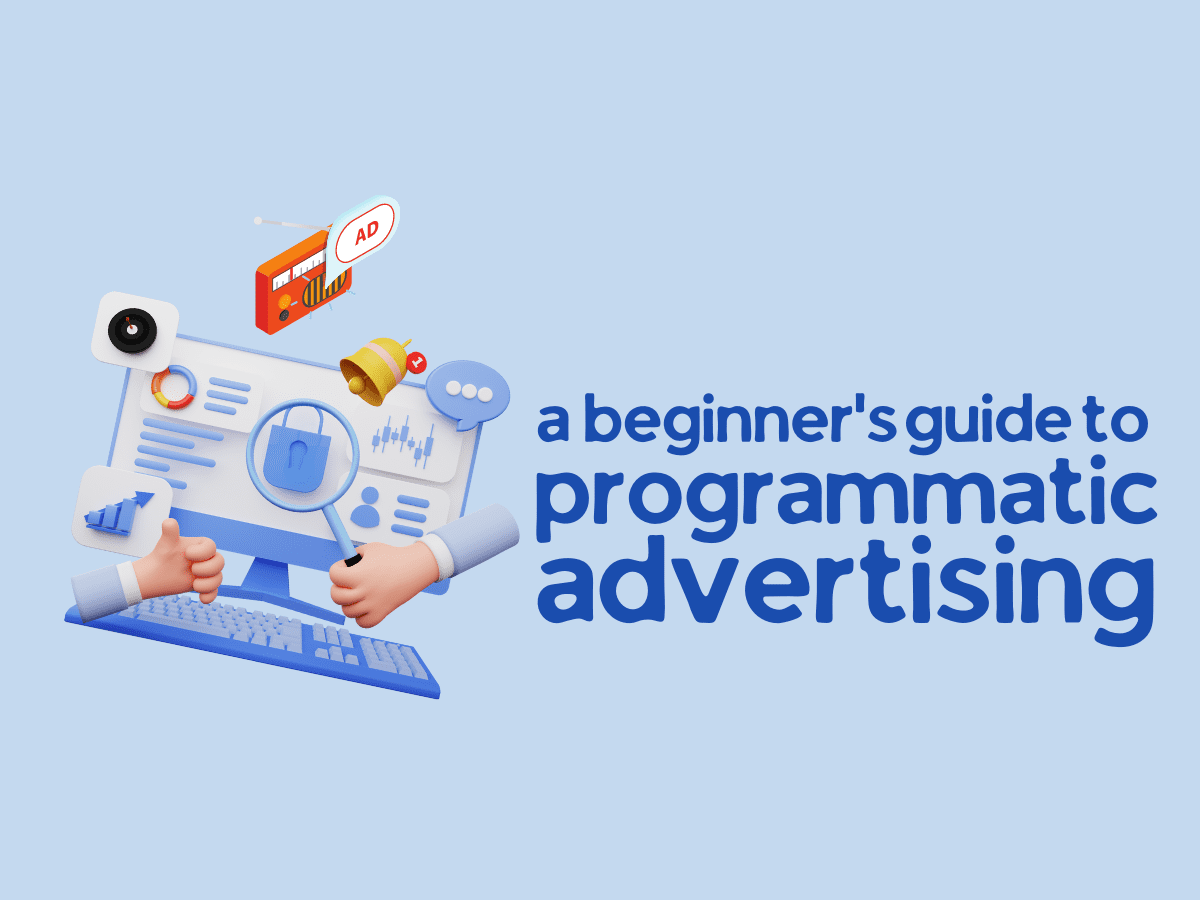E-mail marketing continues to be a leading marketing channel for businesses of all sizes. It’s also considered one of the most effective marketing strategy. Because of its continued effectiveness, marketers can’t afford to overlook opportunities to grow their e-mail databases.
It’s the marketing channel that sees the highest open rate and click through rate. However, many businesses are struggling with their e-mail marketing efforts because of the rise of spam filters and general users becoming increasingly wary of suspicious offers from strangers.
With the right strategies, you can build your e-mail marketing database in no time. Here are 5 easy ways you can grow an email database and increase your e-mail marketing success.
Landing page
Before moving forward to any strategy, the first thing you need to shape is your landing page. This is the page that’ll convince your users to subscribe to your newsletter in the first place. The landing page should have enough information and should communicate with the user in such a way that the user sees immense value to your page.
Analyze your landing page yourself and see from a user’s perspective, ask yourself that if the page adds any value to you or not. If it can’t add value to you, I can’t add value to the user. Make your form easier to fill, removing any unnecessary fields of input will just induce boredom in the user.
Lastly, express the benefits the user will get after signing up with your newsletter, how frequently will they receive updates and what’s coming up next. Keep your landing page optimized to yield the best value out of the upcoming systems. Now that you know how to optimize your landing page, let’s move onto these mind blowing strategies.
- Run Referral Programs
Referral programs are a tried-and-true way to grow your email marketing database. A referral program offers rewards — like discounts or free products — to customers who refer new customers to your business.
For example, let’s say you sell eco-friendly cleaning supplies. You can offer customers who sign up for your e-mail list a free pack of your eco-friendly cleaning cloths when they refer a friend to sign up for your e-mail marketing list.
When customers know they’ll receive tangible rewards for signing up for your e-mail list, they’re more likely to do so. And the people signing up after receiving the referral, are just another layer of goodness in this strategy.
- Offer a Free eBook or Guide
People love free things — especially when they’re Business-related. Offer a free e-book or guide to your customers in exchange for their e-mail address. You can even offer this in exchange for them visiting your site.
Your customers will appreciate the free content and be more likely to sign up for your e-mail list in exchange for it. When choosing the type of e-book or guide you want to offer, be sure to select something that will appeal to your customers and help them succeed at their goals.
E-books and guides can cover topics like business growth, productivity, career development, or any other topic related to your business or industry. In fact, e-books make great lead magnets because they’re low-cost to produce and provide substantial value to customers.
- Leverage Existing Relationships
If you already have business relationships in place, you can leverage those relationships to grow your email list. You can ask current customers, employees, or other stakeholders to refer their contacts to sign up for your e-mail list.
When asking for referrals, emphasize the value your e-mail marketing program brings to the table. Ask your customers to refer their contacts based on the value your e-mail marketing program brings to their businesses.

- Host a Contest or Sweepstakes
Are you looking for a way to provide value to your customers in exchange for their e-mail addresses? Hosting a contest or sweepstakes is a great way to provide added value while growing your e-mail marketing database.
You can host a contest or sweepstakes on any platform you prefer, but we recommend running it on social media. E-mail marketing is great, but it doesn’t always reach as many people as social media.
Hosting a contest or sweepstakes on social media will increase the amount of people who see your e-mail marketing campaign. Customers who enter your contest or sweepstakes will be more likely to sign up for your e-mail list in exchange for an entry into the prize drawing.
- Use Influencers to Grow Your Database
For an added boost to your e-mail marketing efforts, you can enlist influencers to grow your e-mail marketing database. Surprisingly enough, a large number of influencers still use e-mail marketing to grow their brands.
You can reach out to influencers in your industry or niche and ask to be added to their e-mail marketing campaigns. You may have to pitch your e-mail marketing campaign to a handful of influencers before you find one who will add you to their lists.
Whether you work with a single influencer or multiple ones, you’ll benefit from the increased exposure your e-mail marketing campaign will receive. This increased exposure will help you grow your e-mail marketing database and reach a wider customer base.
Wrapping up
E-mail marketing is an essential tool for businesses of all sizes. While it’s important to grow your e-mail database, it’s just as important to keep your lists clean and compliant. If you want to avoid spam complaints and improve your e-mail marketing results, you need to take the time to remove unwanted subscribers from your lists.
A quick recap, e-mail marketing is the most effective marketing strategy, there are several ways to expand your database. You can run a referral program, offer a free e-book or guide, host a contest or sweepstakes, or enlist influencers. With these strategies in your toolkit, you’ll be growing your e-mail databases in no time.
If you liked this article then make sure to subscribe to our newsletter, comment any queries down below. If you’re seeking some professional advice or just want to connect, find us on social media.


